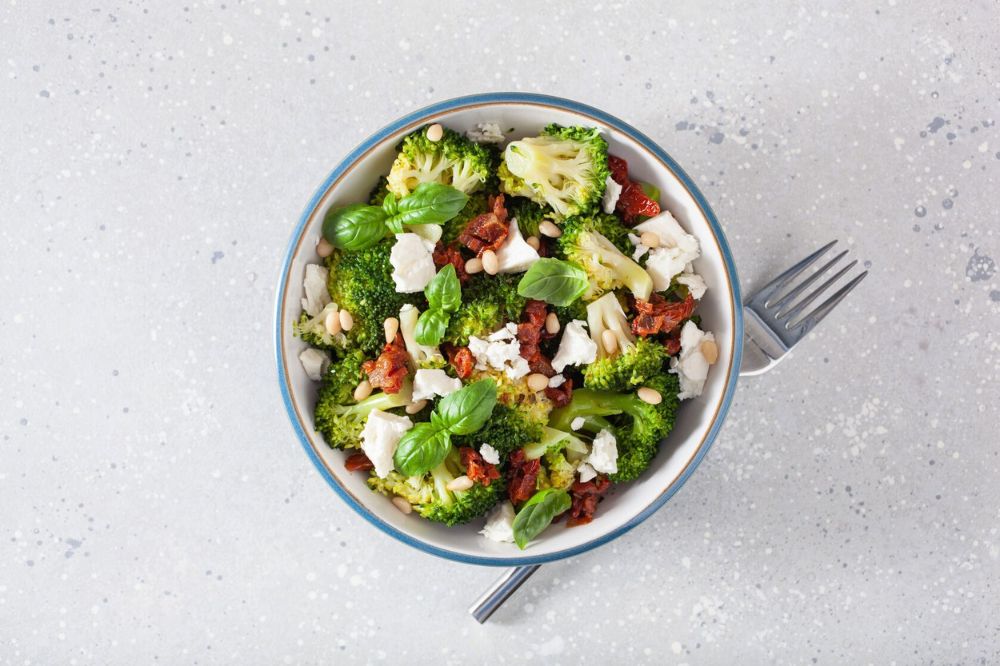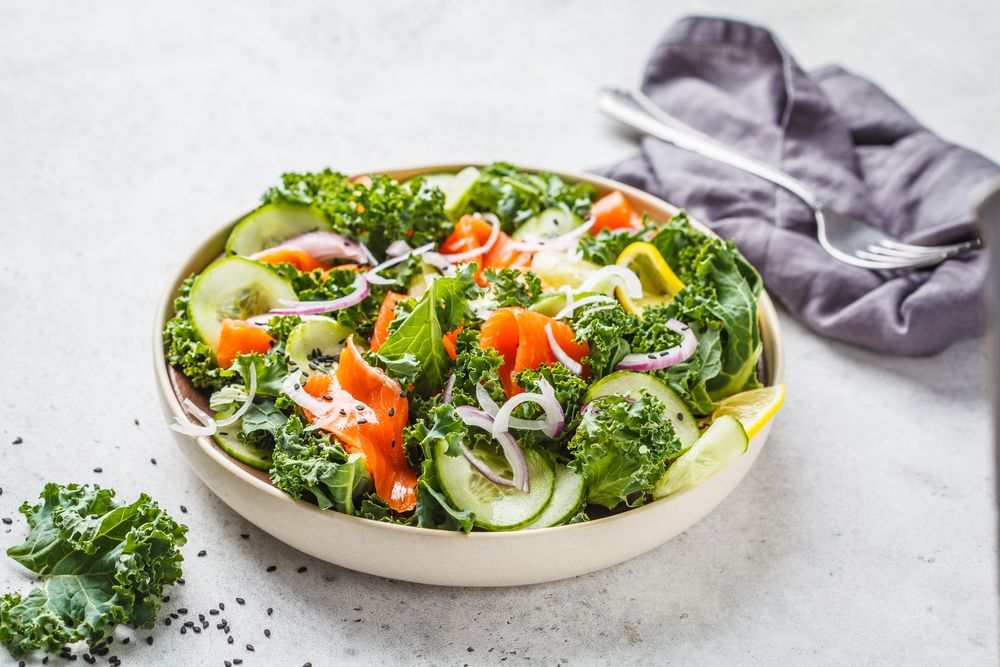Monitor your levels of ketones
The point of the keto diet is to get your body into nutritional ketosis. That’s a state in which you don’t have enough carbs available and your body switches to primarily burning fats. How do you know you’re in ketosis? It can be tricky to be sure as a keto beginner. That’s why it can help to measure your ketone levels.

There are several ways to do it. You can measure it in urine which is the cheapest option but least reliable. The most accurate are measurement from your blood but it can get expensive buying a kit for that. There are also some breath analyzers that can be quite accurate. Check out available options and decide based on your budget.
Measuring your ketones after meals can give you a lot of great info. You can find out how many carbs you can have on training days without going out of ketosis compared to rest days. You can test whether the typical 50 g daily limit works for you or if it needs adjusting. Some athletes can stay in ketosis even with 150g of carbs per day.
Fuel your long training sessions right

You can easily use your own fat stores to fuel a shorter ride on the keto diet. Your body gets very good at burning fat for energy. But if you do long rides or rides that require a bit more intensity you should think about external fuel.
The pre-ride meal should consist of some good fats and protein, no need for carbs. It’s just important to get some calories in your body. The lack of carbs will help your body quickly ramp up fat burning as you start pedalling.
Once you’ve been riding for 30-60 minutes, you can start adding some carbs. But you won’t need those 80-90g per hour like on a typical high carb diet. You will see that around 40g per hour is plenty as your body gets a lot more calories from fat.
Implement it in the off season

It’s good to start the keto diet with at least a few weeks of consistent keto eating. That way your body can quickly adapt and you can iron out the kinks and get used to your new routine. That’s why it’s important to start this experiment in the off-season. Focus on steady state riding for your first keto month. Adjust carbs the following month as you get back to your usual training schedule and add intensity. When the season and time for cycling adventures and fun group rides comes, you will be well-adapted and ready.
Ketone supplements
If you really get interested in the whole keto topic you might want to consider ketone supplements. They are the same thing that your body makes from fat on the keto diet. You can just drink them, similarly to a sugary drink, they are an external source of energy on long endurance rides.
Ketone supplements can be useful because they can suppress appetite. They can help you stick to a calorie deficit while training. They are also prised for their anti-catabolic properties. This means they help your body protect muscle and prevent protein breakdown even if you’re training in a calorie deficit. The pros at the Tour seem to be using them already.

What is “keto flu” and how to get rid of it?
Some people experience symptoms similar to a flu in the first few days or weeks after going keto. This is typically a result of the body switching from burning mostly carbs to mostly fat. This in turn results in a change to the body’s balance of fluids and minerals. The symptoms might be things like fatigue, headache, irritability, difficulty focusing, dizziness, or muscle cramps.
If you experience these symptoms, don’t worry they will pass. But you can try to minimize or prevent these symptoms by replenishing fluids and salt. Include more salty meals, or even drink a glass of water with half a teaspoon of salt stirred into it if you need quick help. And increase your fluid intake overall to roughly 2,5 litres of water per day in the first days of keto.
Now you’re ready to give keto a proper try. You can use it tactically, when you need or go for that lifestyle completely if it works for you. But if it doesn’t allow you to enjoy cycling the way you want, don’t hesitate to change and find a better suited diet.







